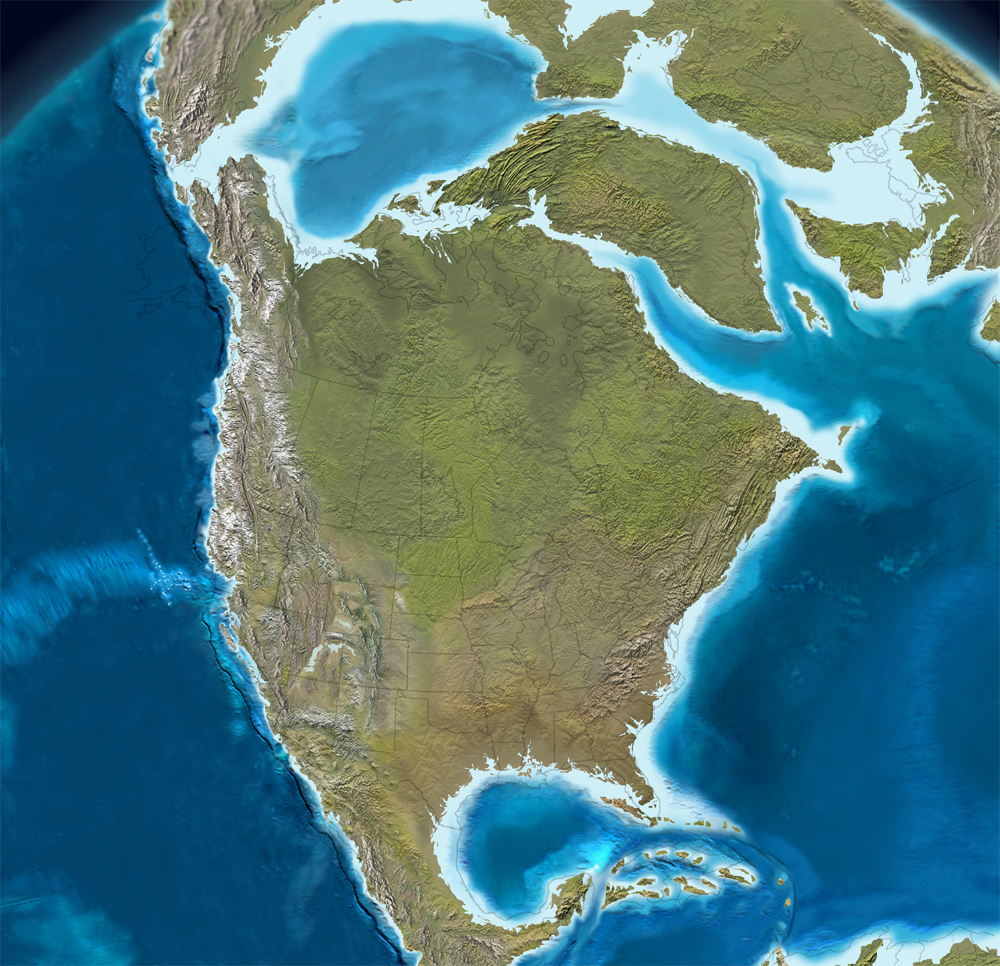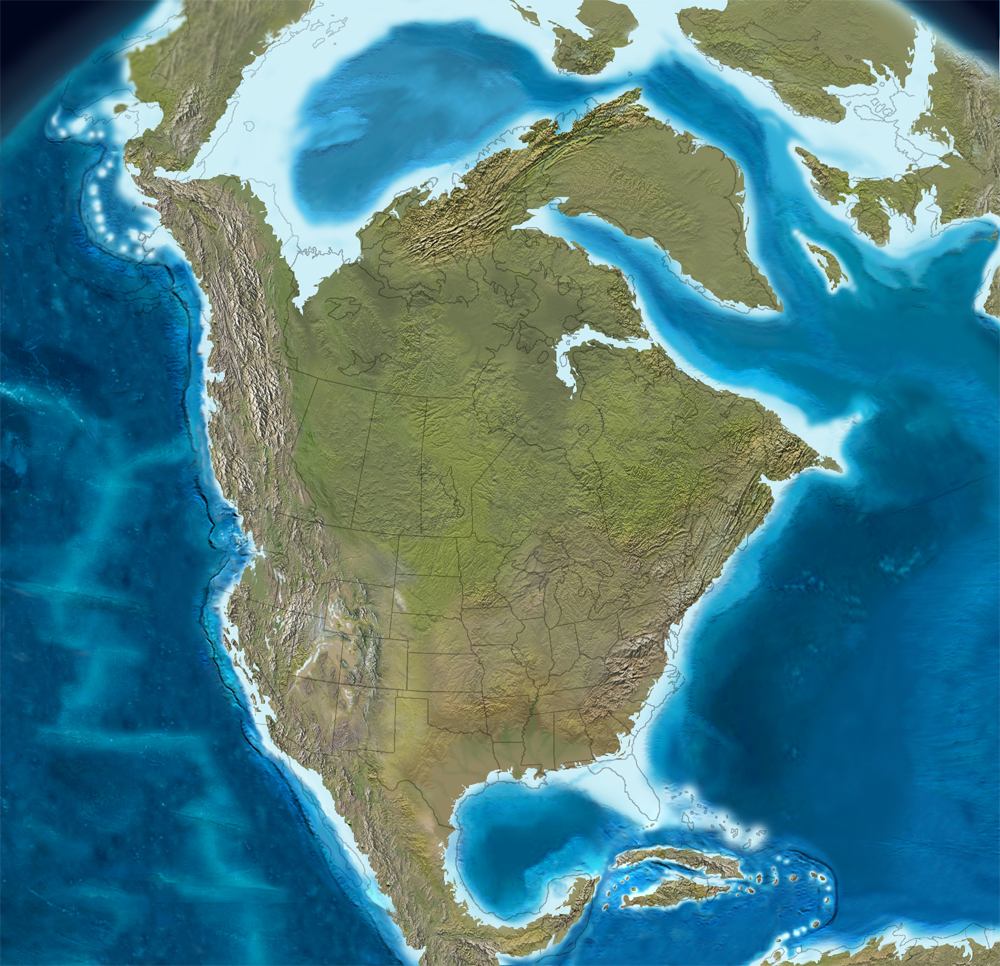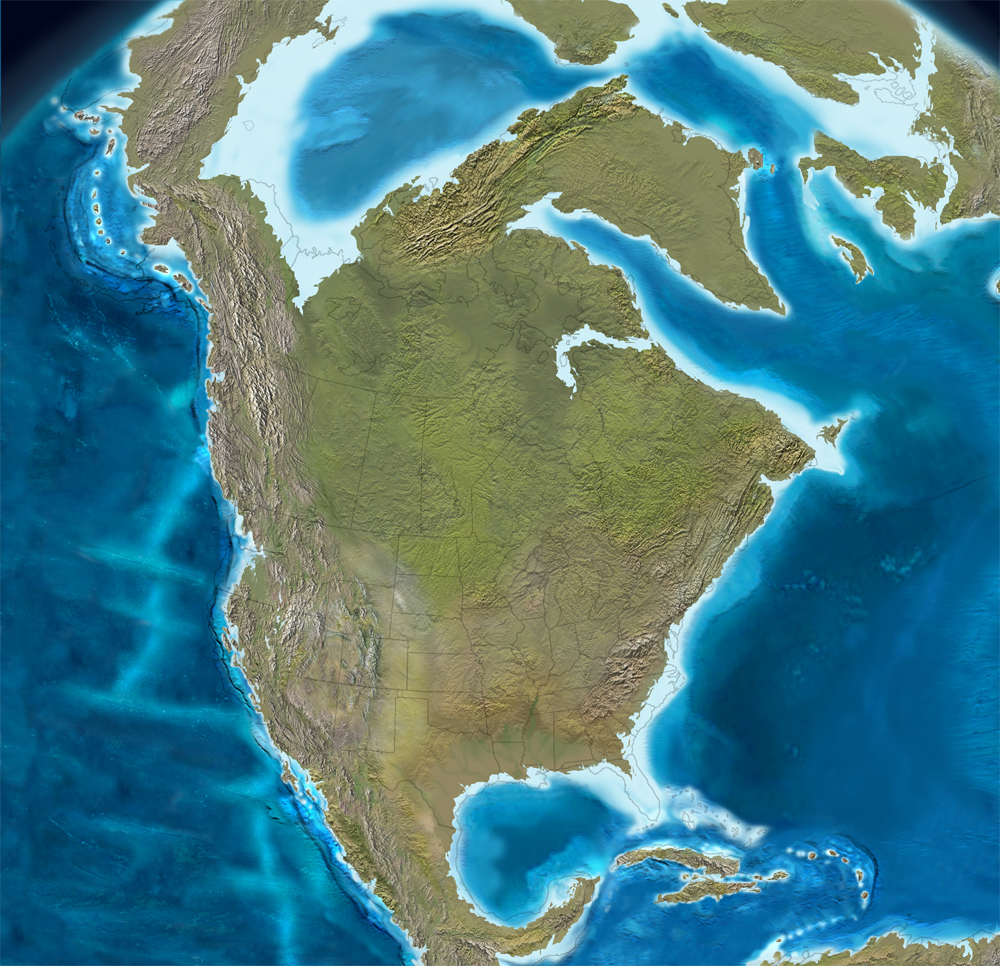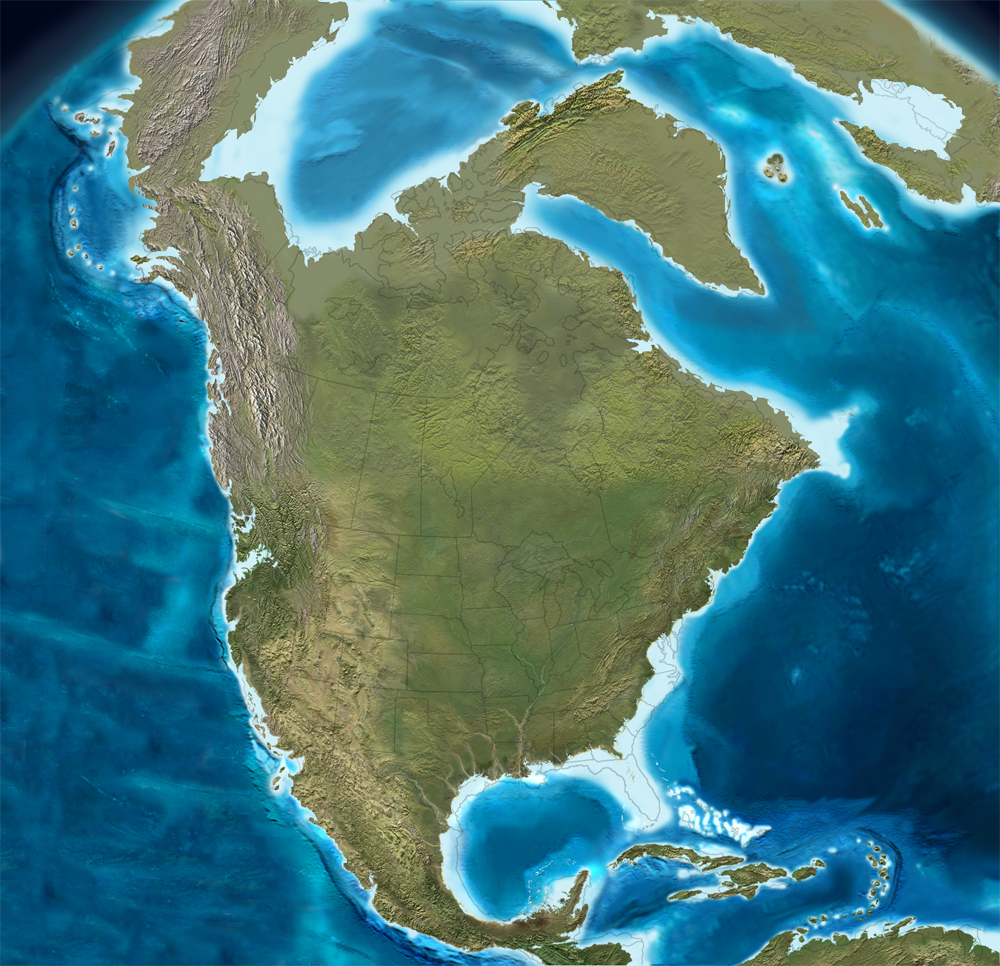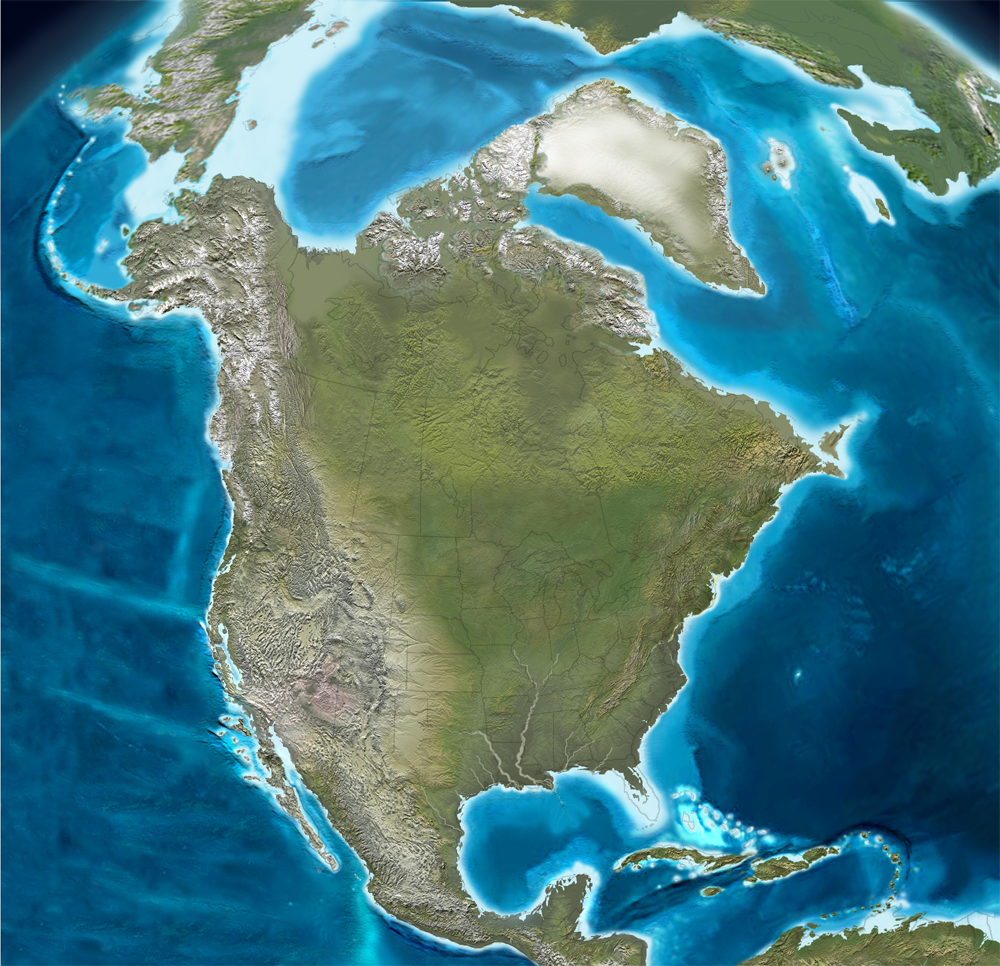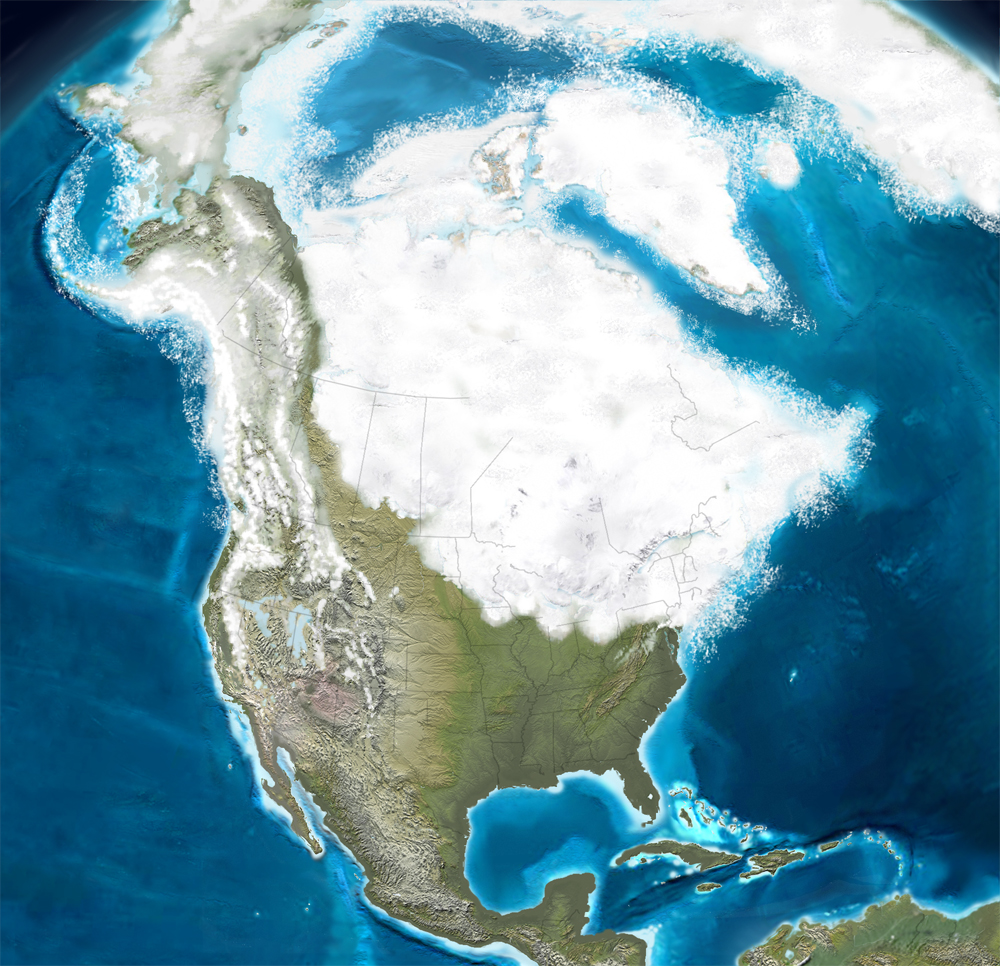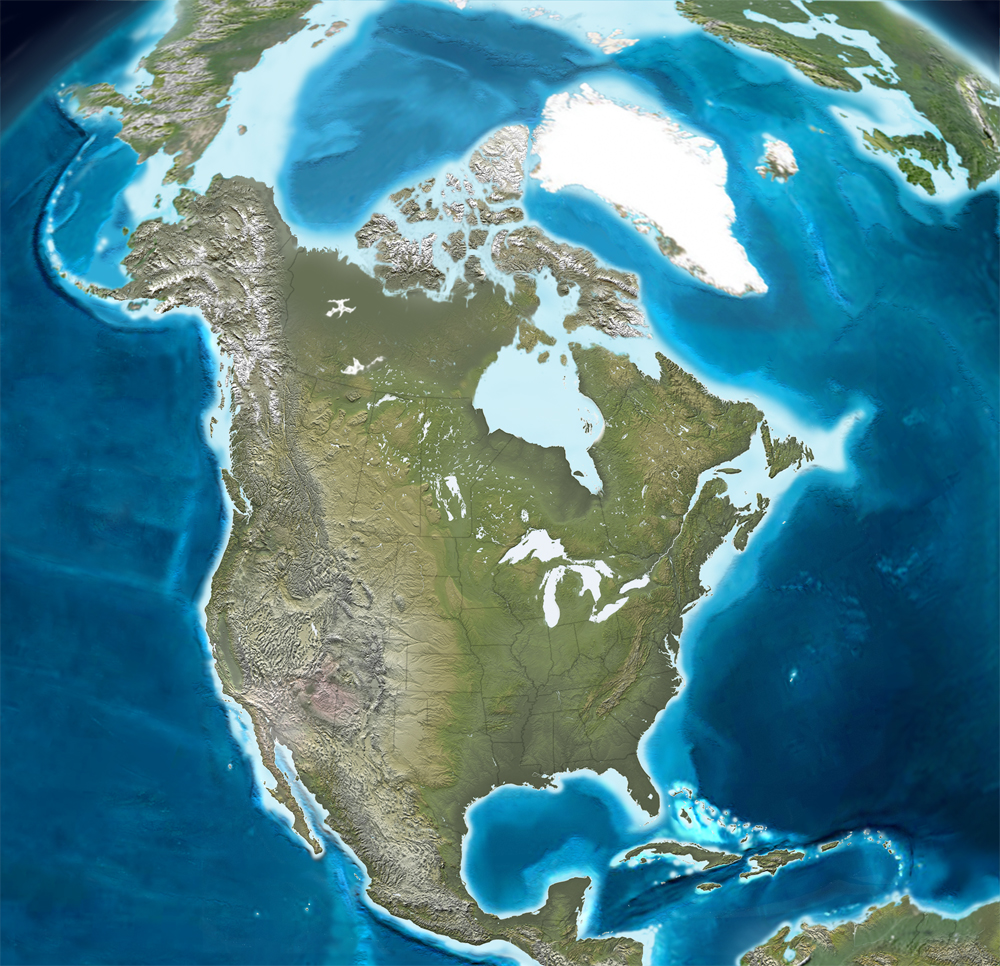 |
|
This chart at the left shows the subdivisions of the Cenozoic Era. The Cenozoic spans an interval of time from 65 million years ago until the present. The era is divided into two periods, the Paleogene and the Neogene. These, in turn, are subdivided into shorter intervals of time called epochs. Click on epoch names to learn about Nebraska during those times. The timescale was generated by Timescale Creator (http://www.stratigraphy.org).
|
||||
Information about global-scale events that occurred during the Cenozoic may be found at the sites below: http://www.palaeos.com/Cenozoic/Cenozoic.htm http://anthropology.si.edu/humanorigins/faq/gt/cenozoic/cenozoic.htm |
